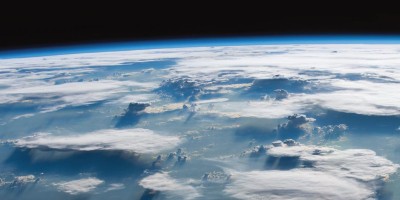India and Arabia collide with Eurasia at slightly different velocities. Detailed mapping of the Arabian Sea suggests that this motion started between 3 and 8 million years ago, possibly with a transfer of an Arabian plate wedge to the Indian plate.

References
Fournier, M. et al. Nature Geosci. 1, 54–58 (2008).
Gordon, R. G. & DeMets, C. J. Geophys. Res. 94, 5560–5570 (1989).
DeMets, C., Gordon, R. G., Argus, D. F. & Stein, S. Geophys. J. Int. 101, 425–478 (1990).
Fournier, M., Patriat, P. & Leroy, S. Earth Planet. Sci. Lett. 189, 103–114 (2001).
Author information
Authors and Affiliations
Rights and permissions
About this article
Cite this article
DeMets, C. Arabia's slow dance with India. Nature Geosci 1, 10–11 (2008). https://doi.org/10.1038/ngeo.2007.56
Issue Date:
DOI: https://doi.org/10.1038/ngeo.2007.56
- Springer Nature Limited
This article is cited by
-
Updating a probabilistic seismic hazard model for Sultanate of Oman
Arabian Journal of Geosciences (2020)
-
Probabilistic Seismic Hazard Assessment for the Arabian Peninsula
Pure and Applied Geophysics (2019)
-
Probabilistic seismic hazard maps for the sultanate of Oman
Natural Hazards (2012)


